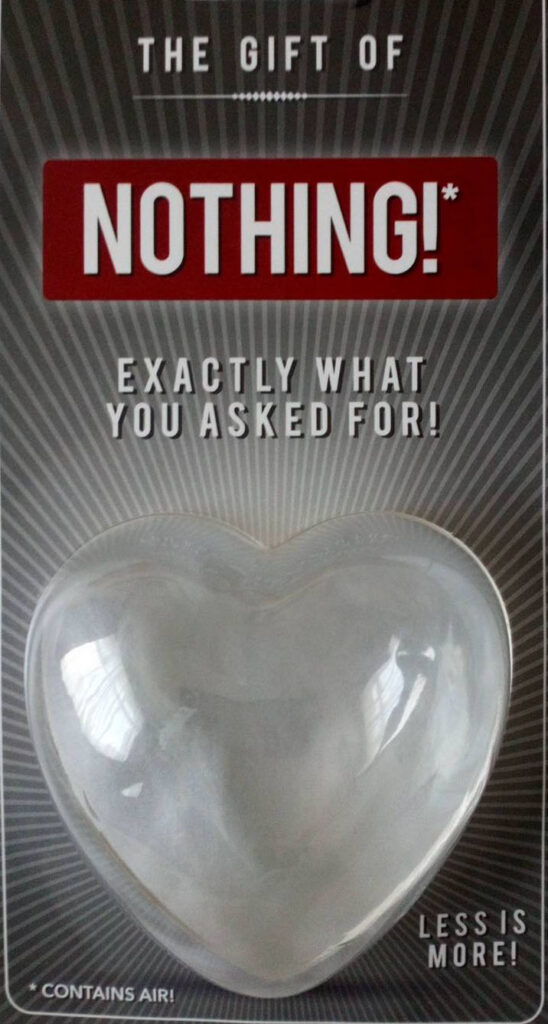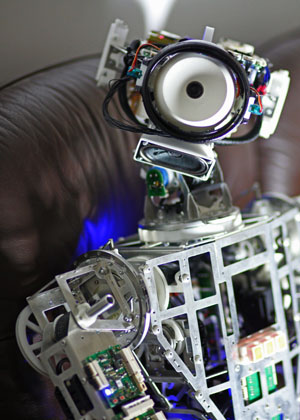What links a fresh turbot from London’s Billingsgate fish market with a Croatian tennis player and a World of Warcraft magic sword? They are all NFTs – the Non-Fungible Tokens that are trading for millions of dollars in a new crypto-currency boom.
Some of the experts Future Intelligence interviewed for the PassW0rd radio programme believe that NFTs can clean up the murky global art market and bring well deserved wealth to hard-up creatives and musicians in the corona virus lockdown.
Others insist it’s a new version of the dotcom bubble that will turns us all into April Fools.
“What NFTs have done is given you a way to own digital art”
Anne Spalter
According to artist and art collector Anne Spalter who has been collecting digital art since the 1990s NFTs mean that uniqueness can be attributed to art created by computer which has solved an issue for the digital art market.
“With NFTs and all of the attention and money pouring in, digital art has gone from something on the periphery to something that is really grabbing the news. For a long time, digital art has disturbed the artistic establishment, it’s been similar to the effect that the dawn of impressionism in the 1860s had for the traditional art world then. Digital art is avant-garde.
“What NFTs have done is given you a way to own digital art. One of the things that held digital art collecting back was that files can be so easily duplicated. With NFT’s people now know that they can own something that is unique that they can resell,” said Spalter.
The way that NFTs are able to do this is by using blockchain technology to authenticate the original artwork and then sell that ‘unique’ authenticated string of code to a person and in doing so generating further code confirming the purchase.
It is a process that the technological world has been fine-tuning for a number of years and brings together techniques from a number of disparate areas, like computer gaming, collecting and the development of online currency.
Something acknowledged by Spalter, who pointed out that it is only the development of new currency systems like Ethereum that have made the NFT backed explosion of collectible things possible.
One of the key components of the NFT excitement is the recognition that ownership is possible inside a computer, a concept the young have been working with for a decade or so by buying loot boxes, extra powers, special suits and swords as they play in computer games something underlined in the programme by the renowned currency expert Professor David Birch, author of ‘Identity is the New Money’.
How to make something online unique
“There was a problem of substitutability. Now, that’s a very interesting concept. The fact you can see the thing is in the virtual world, the software world, the idea of having something that’s not copyable is a bit alien. So attributing value to these software objects is a little difficult.
“The NFT stuff that we are seeing at the moment, people buying jpegs from other people for tens of millions of dollars, is just crazy crypto money with nothing to do”
Professor David Birch
“I taught my kids economics by getting them to play World of Warcraft. They learnt how to to spot kids who were new in the game and didn’t understand what things were worth buy them from them and cornered the market in magic swords and then resold them at a higher price.
“When I buy a magic sword from you in World of Warcraft, the reason it has value is because I can’t just create more of them. I can’t copy that magic sword because the person who runs the game is Blizzard Entertainment. Only it can create the new swords. Magic swords cannot be copied, they cannot be cloned, they can only be traded by. In the internet we have the block chain. It’s in charge, so now with NFTs I’ve got my magic sword on the block chain. If I sell it to you, I can’t copy it and sell you a copy of The Magic Sword Goes from me to you.”
It is said Birch, head of the financial consultancy 15Mb and a member of the Governing Council of the London-based think tank the Centre for the Study of Financial Innovation, adding that he was concerned by the sudden craze for backing objects with NFTs because it could discredit the technology.
“The NFT stuff that we are seeing at the moment, people buying jpegs from other people for tens of millions of dollars. Is just crazy crypto money with nothing to do basically, and I am worried that it kind of throws off track the development of the NFT marketplace, which I think could actually be a very big. And the reason I think that is because the thing you are buying is something which is not fungible, which is unique, that has utility, I think that’s a really interesting market.”
Part of something or part of nothing?
Birch is not alone in viewing the recent hype as unhelpful. The eminent financier Michael Mainelli, Emeritus Gresham Professor of Commerce at Gresham College who founded the think tank Z/Yen and is one of those responsible for the UK Government’s ‘Long Finance Initiative’ is loudly sceptical about the NFT craze.
“It’s very faddish at the moment to put things online and NFT them. I must say, this is today. Twelve days ago we in my firm issued our first NFT. We called it in an NFFT. It was a Non-Fungible Fishy Token. We decided to carve a Turbot up into a 100 trillion parts and save the global economy, in other words, yes, we do tend to think that this is a very faddish thing.

Are NFTs the latest internet bubble or are they breathing oxygen into the arts?
“We’ve had Tamagochi, we have had pet rocks. They’re fads. I just don’t see any intrinsic personal value in owning a fraction of a painting which resides really on my computer as a as a long digital signature that proves that I own a corner of some painting that I can’t even see. It doesn’t sound half as satisfying as, you know, going down to the local market and spending 100 pounds on a local artist,” said Mainelli adding that though the idea may be a useful tool to engage people and fundraise that he has profound doubts about it.
“If the Louvre were to decide to offer an NFT based on the Mona Lisa, that might be a fun way for them to raise some money. But the Mona Lisa is not going to move. It’s still going to hang on the wall in the Louvre and it will still be free to the visitors. You’ll be able to say you own a tiny bit of it, but it’s no different.
“Even though nobody has any ownership rights on the moon, people would still purchase it. It’s a good giggle. But is this really it once it gets beyond a giggle and then people get hurt and I think those people will get hurt because of their ignorance.”
Despite Mainelli’s concerns many including Birch see real value in NFTs for arts market because of their potential to eradicate fakes and forgeries in everything from the art to the ticketing systems for music and sports events and to clean up some of the shadier practices used by some in the art world to artificially generate value for art works. To make up your own mind on whether NFTs are worth the code that they are written in click on the link to listen to our April’s PassW0rd Money from the Machine.









